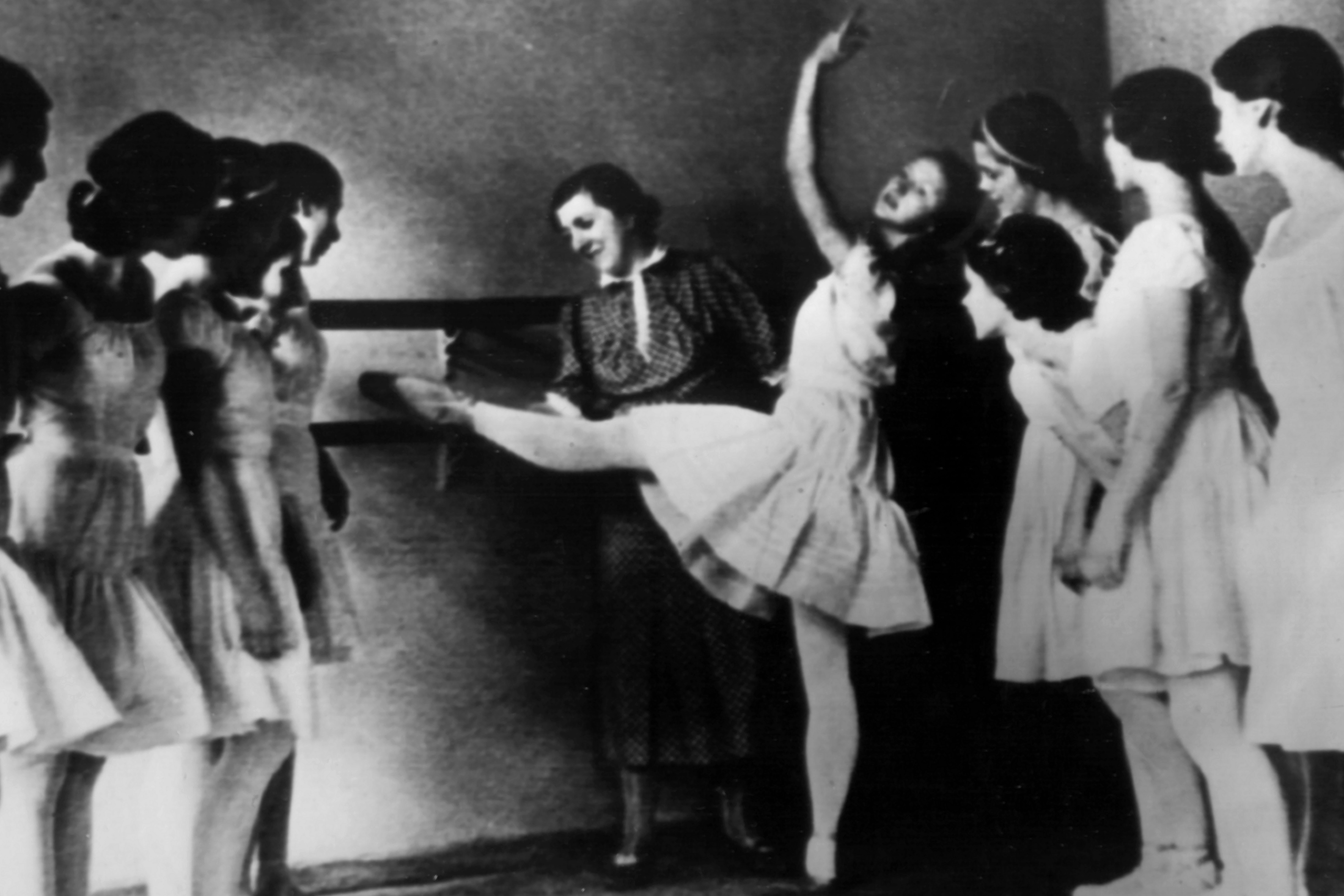Book Review: On the Life and Legacy of Agrippina Vaganova
The art of ballet depends on teachers conferring hard-earned, painstakingly detailed knowledge from student to student, across generations. As with other artforms, reaching the pinnacle of performance does not necessarily translate to an ability to teach.
No wonder, then, that the University Press of Florida has recently reissued Catherine E. Pawlick’s Vaganova Today: The Preservation of Pedagogical Tradition, an exhaustive study of Agrippina Yakovlevna Vaganova (1879–1951) first published in 2011. The book is both a biography of the great teacher and a study of how her teaching has been continued forward. Through a confluence of personal drive and historical moment, Vaganova devoted her life to ballet pedagogy, codifying and leading what became the Russian school of ballet.

While conducting research for this book, Pawlick, who danced in both California and Washington, DC, for over 20 years before becoming a ballet critic, immersed herself in the topic, living in St. Petersburg from 2004 to 2010. Pawlick brings generations of dancers to the page and, impressively, also did the translations from Russian that appear in the book.
Vaganova came from a poor family and entered the Imperial Ballet School at age 10. She trained with a succession of teachers, many of whom left her frustrated by their lack of analysis; she wanted to know the why and how of what she was being taught. She also wanted rigor in her education. There were, however, standouts. She was inspired by Ekaterina Vazem, whom she called “strict and demanding”: “No matter how big the class was, she always saw everyone; no one slipped from her view,” Vaganova wrote. Between graduation and joining the Mariinsky Theater in 1897, she studied with Italian master Enrico Cecchetti and was captivated by the “bravura manner of the Italian school.” Olga Osipovna Preobrajenska, Pawlick writes, “helped cultivate Vaganova’s curiosity regarding the best approach to steps and form.…Vaganova began to think about how to judiciously clarify the movement, force the entire body to work, subdue all of the muscles into working.”
In a slow rise, Vaganova moved up the ranks to dance the role of Giselle in 1915 and, in 1916, retired from performance at age36. She devoted the rest of her life to teaching.
To oversimplify, Vaganova came of age when there were two primary schools of ballet—Italian and French—and, to a far lesser extent, Danish. On the cusp of the Russian Revolution, Vaganova aimed to synthesize what she admired about these traditions into a specifically Russian school of ballet. Pawlick writes:
“Her method…incorporated, for the first time, the idea that the entire body should be involved in the movement, and that port de bras and the basics of technique would aid in the overall coordination of steps and jumps.”
She turned out to be providentially aligned with the politics of the moment. Against revolutionary fervor to dispense with ballet as an “Imperialist” legacy, Vaganova synthesized several strands of ballet pedagogy to create a Russian school that was forward-looking. She therefore not only created a modern method of teaching, she saved Russian ballet. Whereas George Balanchine, Alexandra Danilova and other Mariinsky-trained dancers fled west, Vaganova stayed and set about codifying her approach, ultimately publishing Basic Principles of Classical Ballet in 1934.
Vaganova emphasized precision and discipline and focused intently on the individual dancers in her studio. The list of those she trained include Marina Semyonova, Galina Ulanova, Natalia Dudinskaya and many others. Given Vaganova’s scope and influence, the words of one of her final students, Galina Petrovna Kekisheva, ring true: “Vaganova had a very strong character…She could get people to believe in her, and get them to do things.”

Pawlick’s newly reissued book offers a welcome respite from the horrors of Russian aggression in Ukraine, reminding us of Russia’s myriad cultural contributions. Although the personal anecdotes and photographs throughout the volume are spellbinding, the book will likely be of more interest to dance teachers and performers than to the ballet-watching public. Legions of ballet teachers around the world, committed to developing dancers to push their physical capacities while also claiming their place as artists, will have much to learn from Vaganova Today.




